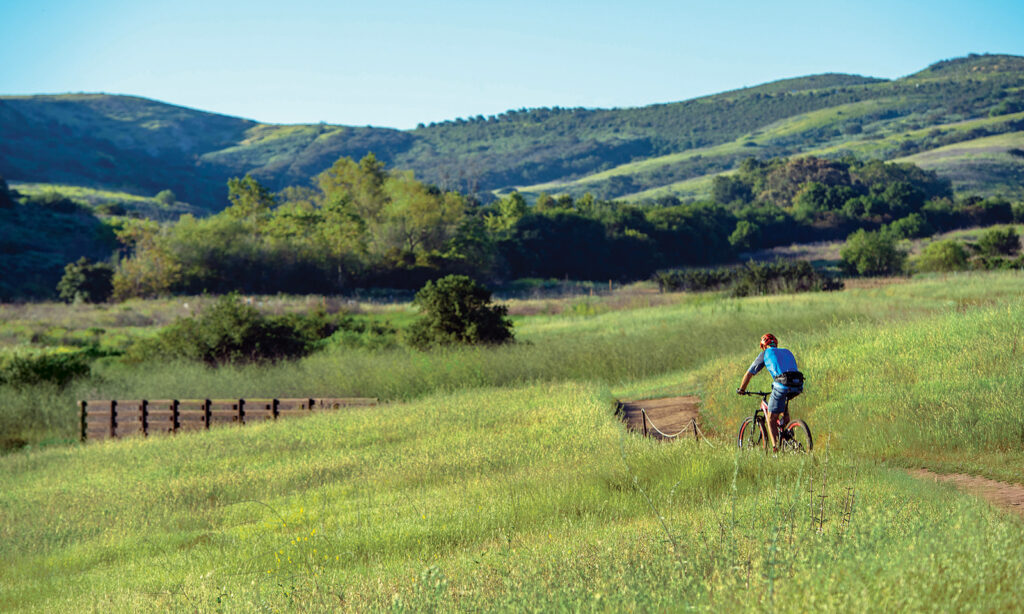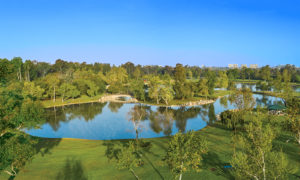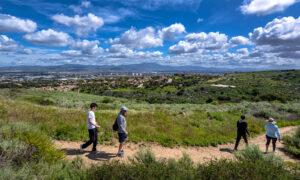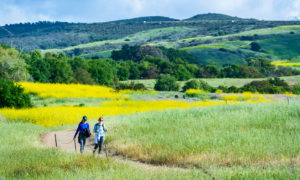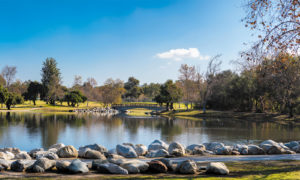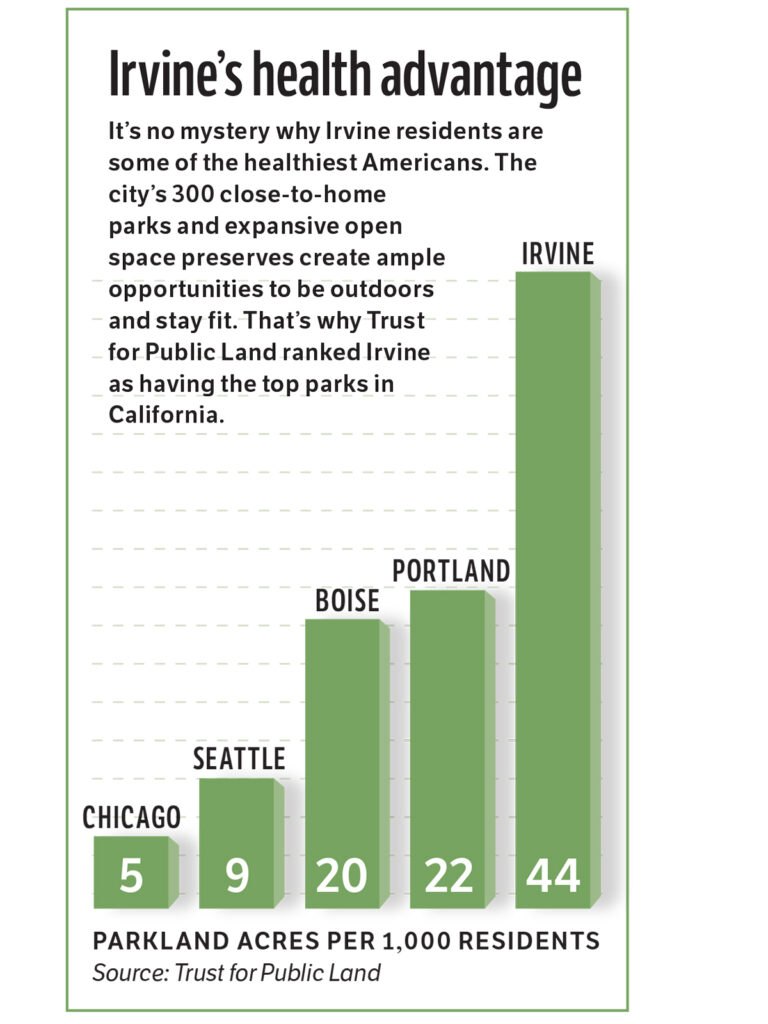 Living near greenery may add an average of 2.5 years to your life, according to a study published in the peer-reviewed journal Science Advances.
Living near greenery may add an average of 2.5 years to your life, according to a study published in the peer-reviewed journal Science Advances.
The paper adds to accumulating evidence as to the health benefits of living around parks and open space by suggesting the mechanisms of how nature affects our bodies, the Washington Post reported last month.
“Our study shows that being near green space causes some biological or molecular changes that can be detected in our blood,” Lifang Hou, a preventive medicine professor at Northwestern University’s Feinberg School of Medicine and the study’s principal investigator, told the Post.
Researchers analyzed satellite imaging and data over 20 years from more than 900 people in four U.S. cities, observing how long-term exposure to surrounding green spaces affected biological aging.
While other major studies have found links between more exposure to green spaces and lower death rates, the authors said theirs was the first to look at exposure to greenness and “epigenetic aging,” meaning lasting changes in physiology.
Health perks of parks
Living near parks can boost health for a number of reasons, as the Northwestern University researchers noted. Parks are convenient venues for outdoor physical activity, which has benefits that include reducing the risk of heart disease, many cancers, osteoporosis and depression, as Howard Frumkin, vice president of the Trust for Public Land, recently told the Standard. Trees and plants also help purify the air, and many studies have shown they calm the mind, improving mental health.
“We need to start changing our perspective on green space and really viewing it as an essential piece of infrastructure … This is something that we require as human beings to thrive, to be healthy.” – Peter James, Harvard epidemiologist
The accumulating new research on health benefits is providing ammunition to scientists and urban planners who’ve been lobbying for years to increase green spaces in cities throughout the rest of the United States.
“We need to start changing our perspective on green space and really viewing it as an essential piece of infrastructure, just the same as sewer systems and garbage collection,” Peter James, an environmental epidemiologist at Harvard’s T.H. Chan School of Public Health who studies nature and health but who was not involved in the research, told the Post. “This is something that we require as human beings to thrive, to be healthy.”

